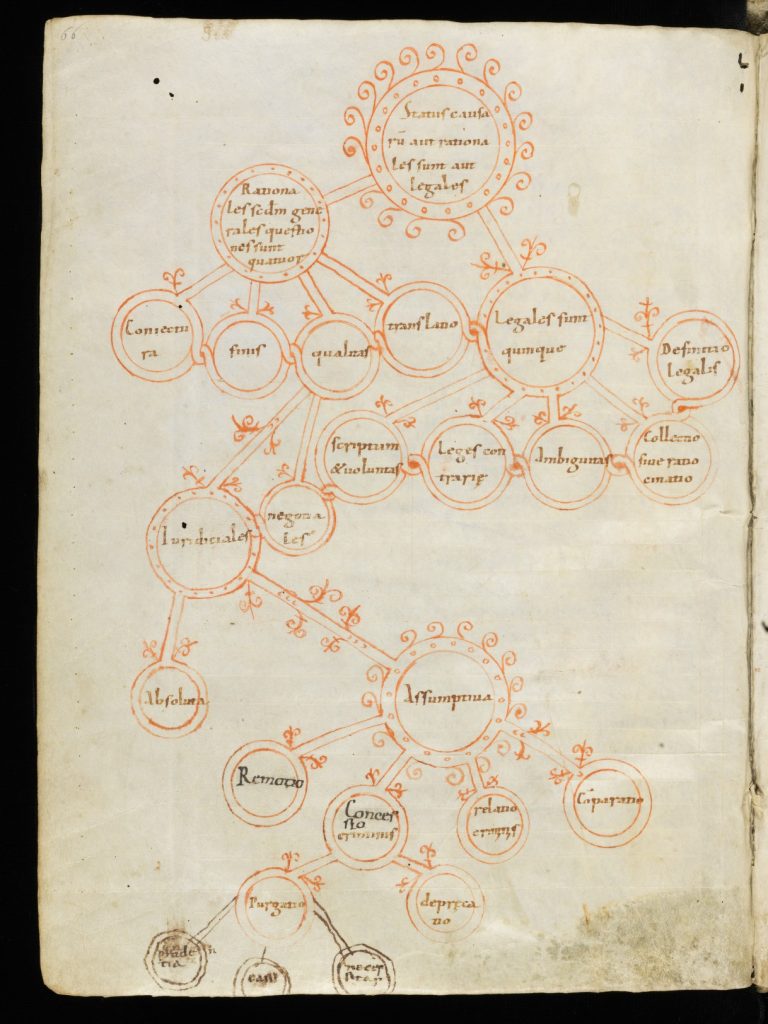This website offers a view on a dataset collected for the NWO-VIDI Research Project ‘Marginal Scholarship: The Practice of Learning in the Early Middle Ages (c. 800-c. 1000)’. The principal aim was to describe, analyse and interpret practices of annotating manuscripts in the early medieval period. For this purpose we collected observations on the annotations found in c. 350 manuscripts dating to the 8th, 9th and 10th centuries. More information about the selection of manuscripts described in the database can be found here.
We created a structure for recording observations about annotated manuscripts consisting of three categories: observations and data concerning the codicological units themselves (Codex), concerning the contents of these units (Text) and concerning the marginal activity or layers of marginal activity in them (Margin). In each of these categories, a number of data is described. Most of these data are commonly found in manuscript descriptions and do not need further explanation here. A few, however, are specific to the research topic central to this database: the analysis of practices of annotating in early medieval manuscripts. Our definitions and choices are further explained here.
The primary goal of the database is to bring together enough data to be able to see patterns. Each observation field in the database functions as a filter: it is a so-called ‘faceted search database’. If one clicks on Codex – Origin – Corbie, all the manuscripts in the database will be listed that were made in Corbie. If one clicks on Text – Date – Antique, all manuscripts in the database will be listed that have ancient texts in them. These filters, moreover, can be combined. Thus, when we combine the two filters just described, we will get a list of manuscripts with ancient texts that were copied in Corbie. Endless combinations are possible; the filters used are recorded at the top of the results list and can be reset with a single click on ‘new search’. A selection of filters also offers a view on how many of the manuscripts that are recorded in the database match the selection, to see possible patterns emerging here. It allows you to ask questions such as: Did certain persons work on these manuscripts? Were they made in a particular period of time? Were they annotated with certain peculiar methods? And if we make a new selection, for example: patristic texts from Lorsch, will we see different methods, different lay-outs, different typologies?

This then is the principle function of the database. In it, we were able to give a structure to all our observations on manuscripts, and to give a place to all the metadata that were already known about them and that was available to us in catalogues, editions, books and articles. Now that we have brought the observations together in a structured way, we are also able to look for patterns and more general conclusions about annotation practices by combining the observation fields to form filters.
